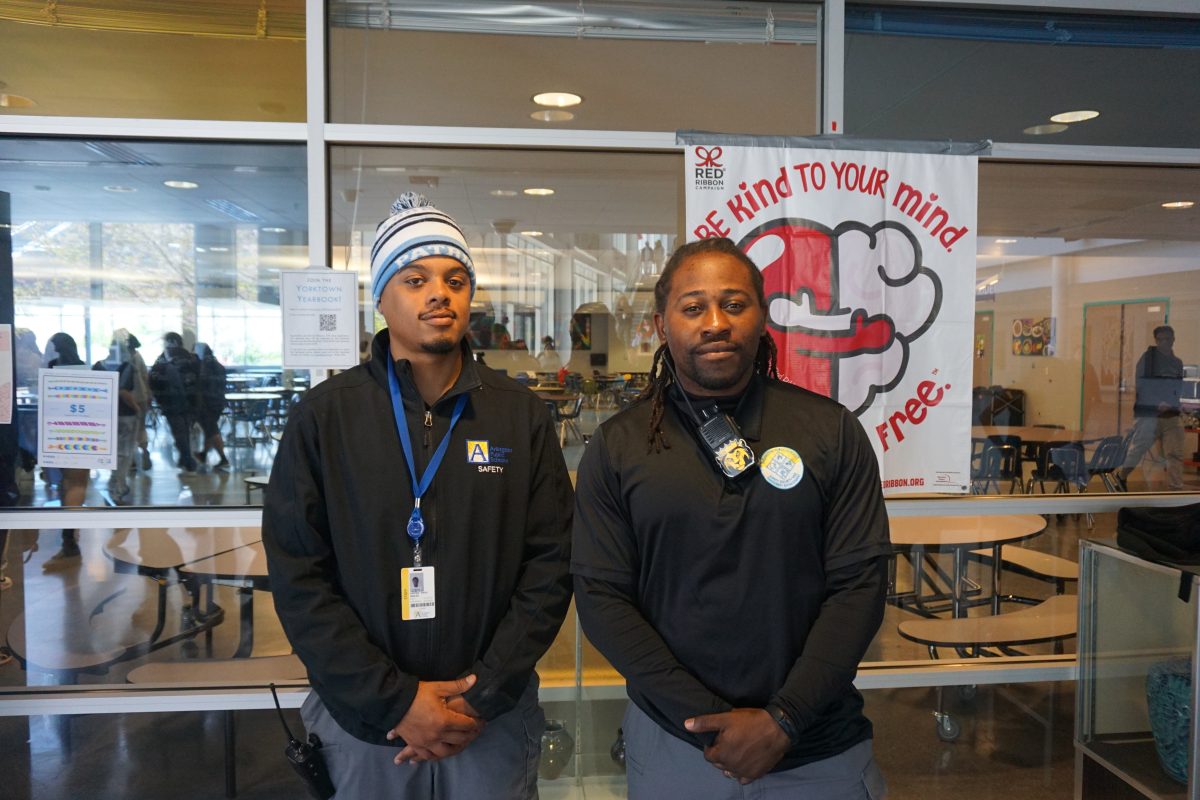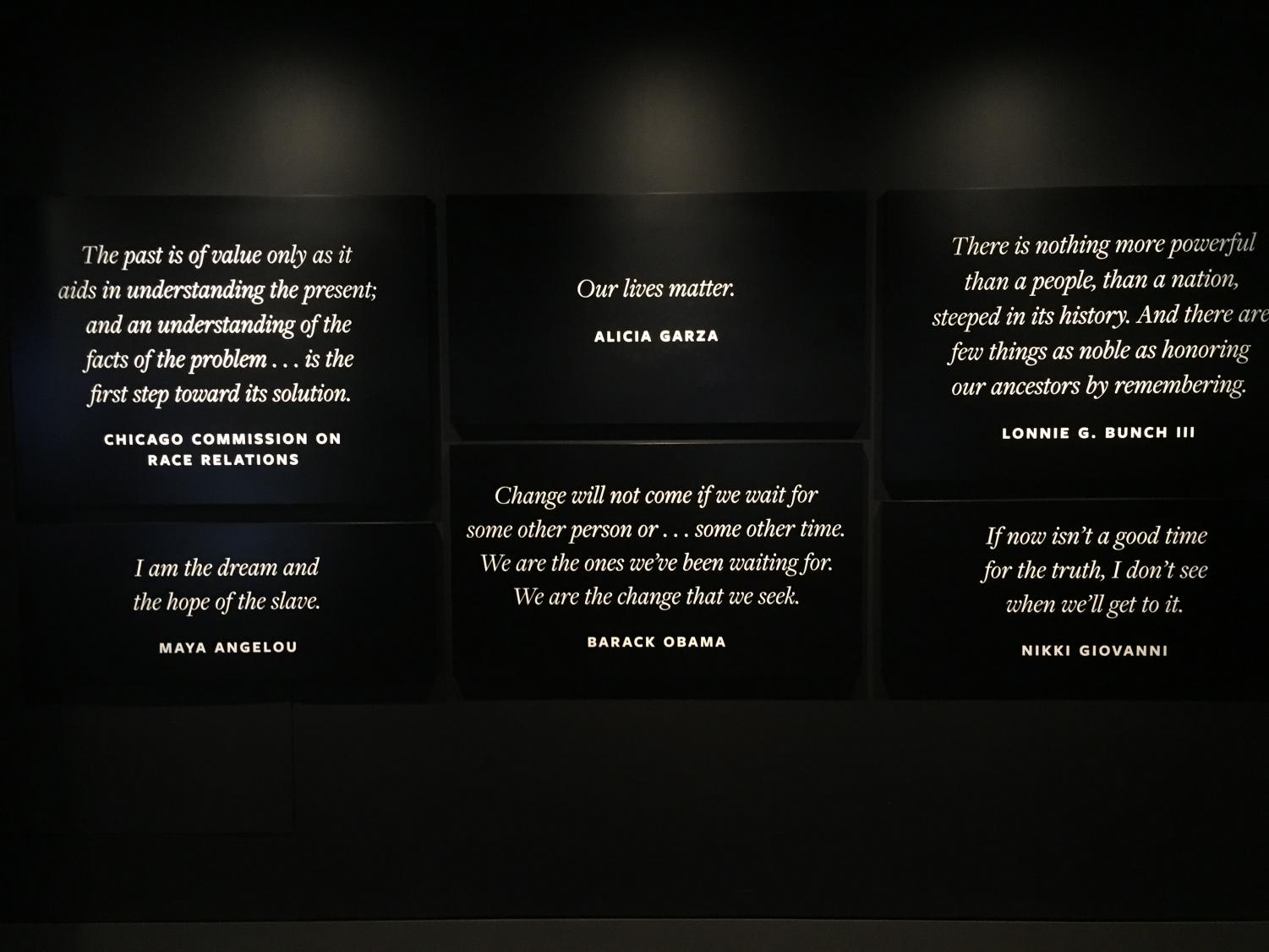I felt particularly moved by the exhibit dedicated to Emmett Till. Prior to walking into The National Museum of African American History and Culture, I had never heard that name, and now I will never forget it. There is a separate room in the museum dedicated to Till. He was a young African American boy from Chicago. During the summer of 1955, when he was 14, Till went to visit family in Mississippi. He was accused of flirting with and whistling at a white woman in a grocery store. A few days after the alleged incident at the grocery store, a group of men came to Till’s great uncle’s house and forced him out of his bed. His mutilated body was found a few days later in a river. Emmett was lynched and beaten so badly that his body was almost unrecognizable. Emmet’s attackers were acquitted.
The room dedicated to Till contains the original casket from his funeral. It also has a video telling the story of what happened to him, including interviews with family members and witnesses. Till’s mother, Mamie Till-Mobley, was one of the family members in the video. She said that she warned him, before he went to Mississippi for the summer, that Mississippi isn’t like Chicago. Till-Mobley said that Till acted as if he didn’t believe her, as if he didn’t think things were actually that bad in the deep south. I wish that he had been right, and that racism hadn’t been so brutal. In that moment I felt for a young boy who believed in the goodness of the world.
Till-Mobley also talked about seeing her son’s body for the first time. She said she couldn’t look at his face so she started with his feet and worked her way up. His body had nothing wrong with it until his neck. She described in great detail how destroyed his face was and how badly he had been attacked. Till-Mobley was asked if she wanted them to fix up the body, and responded no: she wanted the world to see what she had seen. Allowing the world to see her son’s body was an extremely selfless act. Till-Mobley was willing to do something painful in order to open people’s eyes to racial injustice.
I found it extraordinary how much courage Till-Mobley had, not only in the aftermath of her son’s death, but in that interview. It must have been incredibly difficult to talk about such a painful subject, but she did so with so much poise. That room left me with a feeling of sadness, but also one of gratefulness. I am thankful that Till’s family showed so much bravery and selflessness by allowing his casket to stay in the museum and by being so honest in the video. It added to the experience of learning Till’s story, and made it more emotional and meaningful.








































